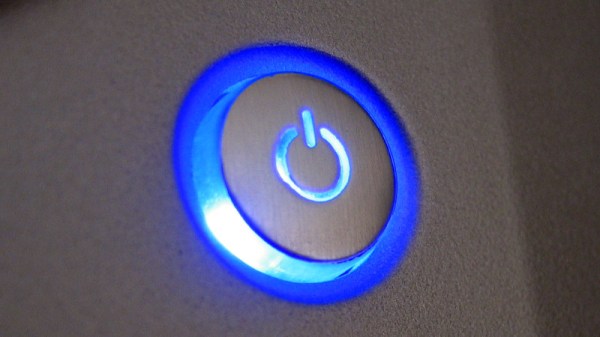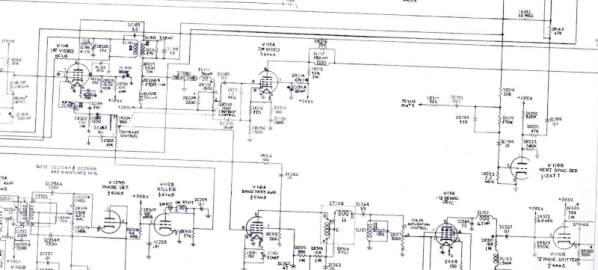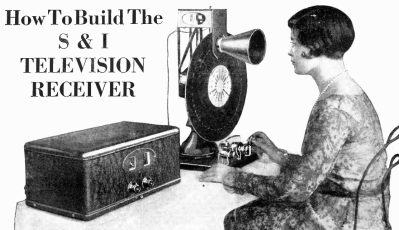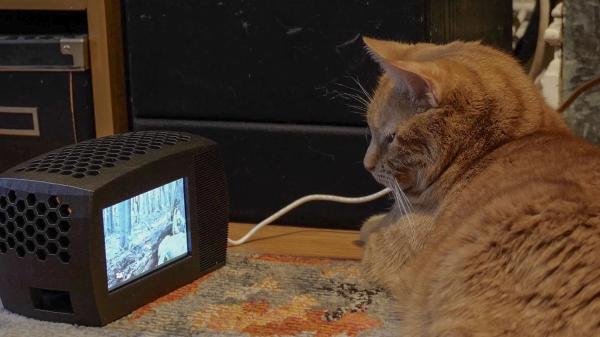Hardware hackers come from a variety of backgrounds, but among us there remains a significant number whose taste for making things was forged through growing up in a farm environment. If that’s you then like me it’s probable that you’ll melt a little at the sight of an older tractor, and remember pretending to drive one like it at pre-school age, and then proudly driving it for real a few years later before you were smart enough to realise you’d been given the tedious job of repeatedly traversing a field at a slow speed in the blazing sun. For me those machines were Ford Majors and 5000s, Nuffields, the ubiquitous red Fergusons, and usually relegated to yard duty by the 1970s, the small grey Ferguson TE20s that are in many ways the ancestor of all modern tractors.
The Black Art Of Mixing Your Own Fuel
There was something odd about some of those grey Fergies in the 1970s, they didn’t run on diesel like their newer bretheren, nor did they run on petrol or gasoline like the family Austin. Instead they ran on an unexpected mixture of petrol and heating oil, which as far as a youthful me could figure out, was something of a black art to get right. I’d had my first encounter with Tractor Vapour Oil, or TVO, a curious interlude in the history of agricultural engineering. It brings together an obscure product of the petrochemical industry, a moment when diesel engine technology hadn’t quite caught up with the on-farm requirement, and a governmental lust for a lower-tax tractor fuel that couldn’t be illicitly used in a car.
TVO is a fuel with a low octane rating, where the octane rating is the resistance to ignition through compression alone. In chemical terms octane rating a product of how many volatile aromatic hydrocarbons are in the fuel, and to illustrate it your petrol/gasoline has an octane rating in the high 90s, diesel fuel has one close to zero, and TVO has a figure in the 50s. In practice this was achieved at the refinery by taking paraffin, or kerosene for Americans, a heavier fraction than petrol/gasoline, and adding some of those aromatic hydrocarbons to it. The result was a fuel on which a standard car engine wouldn’t run, but which would run on a specially low-compression engine with a normal spark ignition. This made it the perfect tax exempt fuel for farmers because it could only be used in tractors equipped with these engines, and thus in the years after WW2 a significant proportion of those Fergies and other tractors were equipped to run on it. Continue reading “Retrotechtacular: TVO”



















